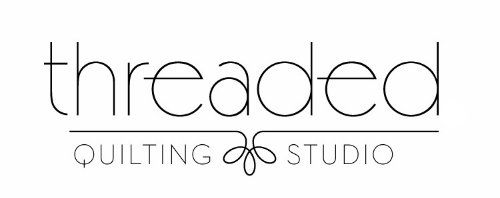No Y Seam Feathered Star: Free, paper piecing, comes in 8", 12" and 16" sizes
Fierce Feathered Star: $12 PDF download, no paper piecing, no y seams, 20" and 36" block sizes
A few of the tools I rely on A LOT in my quilt making are my Electric Quilt software and Adobe Illustrator. I absolutely love these tools! They are both pricey, so if you don't see yourself investing in either one of these programs, I have a workaround for you that will help you with selecting colors (fabrics) for your quilt blocks!
I discovered a fantastic FREE* tool to help you color any or all of my patterns! This means that you can play with color first before having to buy or cut any fabric. It takes the printable coloring page to a whole new level!
How to:
Download the Recolor app from the App Store. It's free and has amazing features!
One of the features is the ability to add your own photo to color. So, if you have a photo of a uncolored quilt block or layout, you can import that photo and play around with whatever colors you'd like!
That's where I come in! I'm here for you! You can save the star image below. Some of my other patterns also have these blank coloring files.
Or just play without worrying about making actual quilts, but I'm warning you: it's addictive! :)
A note for Android users:
I've heard from some Android users that when uploading a screenshot of an un-colored block, the app will blur some sections together. If this happens, try downloading the photo instead of taking a screenshot.
Have fun!!!
*The free version of the app limits the number of pictures you can import to color per day. New importing "allowances" are renewed the next day. Unlimited importing power can be purchased if so desired.
UPDATE: MAY 2019
I will occasionally get emails or comments that the app is not free. Each time I delete my app and download it again and I’ve always been able to access the features for free, I’ve never paid for anything. If the app asks if you want a free trial period, simply “x” out of that window to close it and continue using the app. Over the years, the number of ads has increased and I’ve noticed it’ll make you watch a video ad to unlock certain features. It’s annoying, it’s designed to point you toward paid versions, but it’s still a workable free solution if you need it.
Watch this video for the step-by-step tutorial:
This lap quilt layout is two 36" Fierce Feathered Star blocks arranged an on-point settling.



















































